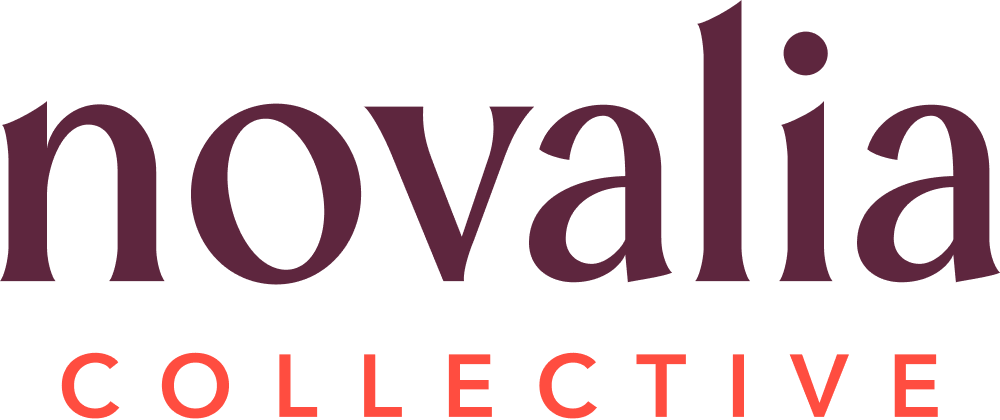Approaching Transformative Change
Workshop attendees in Sai Gon, Viet Nam
When tackling complex transformative changes, it can feel overwhelming and insurmountable. Over the years, our personal and professional experiences have unearthed patterns in what it looks like to engage in the long-term work of creating something new, whether in oneself, a group, or an organization. By taking manageable steps and visualizing how it can look holistically, we can better assess our progress, manage our expectations, and dream radically. We use this approach for all our engagements and hope that it helps you in thinking about your own transformative change.
In the center of the diagram, you’ll see the individual, organizational, and systemic. It helps to distinguish between these three domains to help us assess what exactly we are tackling and what type of control we have. We define these as:
Individual: how our individual values, beliefs, and experiences inform the choices and actions we make
Organizational: a collection of policies, practices, and norms that are held up by values and beliefs
Systemic: societal reinforcement and perpetuation of rules and regulations
Most organizations work on the individual and organizational level. From our experiences, we believe that change needs to start at the individual level before trying to transform the organizational or systemic. After assessing which domain you or your organization need to work on, the following three phases can be applied.
Our framework for transformational change work
Uncover
During this initial stage, the focus is on asking the right questions and having critical conversations that lead to identification of the root causes of specific and/or ongoing challenges and issues. The objective is to shed light on tension, conflicts, or issues that may be hindering change and progress.
Sample question:
What current beliefs, practices, and structures are creating barriers to change?
What types of experiences, values, and beliefs do we each bring?
Whose viewpoints are missing?
Unlearn
Unlearning is the process to think, act, or perceive differently, when there are existing values, beliefs, assumptions, and practices that get in the way. The objective is to identify harmful truths, practices, and beliefs and instead replace them with learnings and systems that support our vision for the future.
Sample question:
How do we replace our previously held beliefs and biases?
How do our previously held beliefs and biases inform or shape the way we interact with one another?
Unleash
In our current society and systems, we are drawn to immediate action. It can be driven by reaction and not necessarily by extensive and informed discussions, practices, and strategic visioning. We believe that any actions taken towards transformative change should be grounded in equitable principles of change management that allow everyone to feel empowered to be part of positive change. For that to be so, the uncover and unlearn phase are crucial before we jump into unleash.
Sample questions:
How do we take action?
What is our role to play?
Transformative change takes a long time and requires a lot of conversations and discussions. We see many clients try to produce their way towards change and are then often left wondering, “Wait? What are we trying to work towards again?” If you’re doing this work for the first time or in an unfamiliar territory, give yourself grace, time, and patience. Go through this process slowly and patiently. If it feels different than what you’re used to, then good! We’re not trying to upkeep the status quo. Let us know what you’re trying to change.


